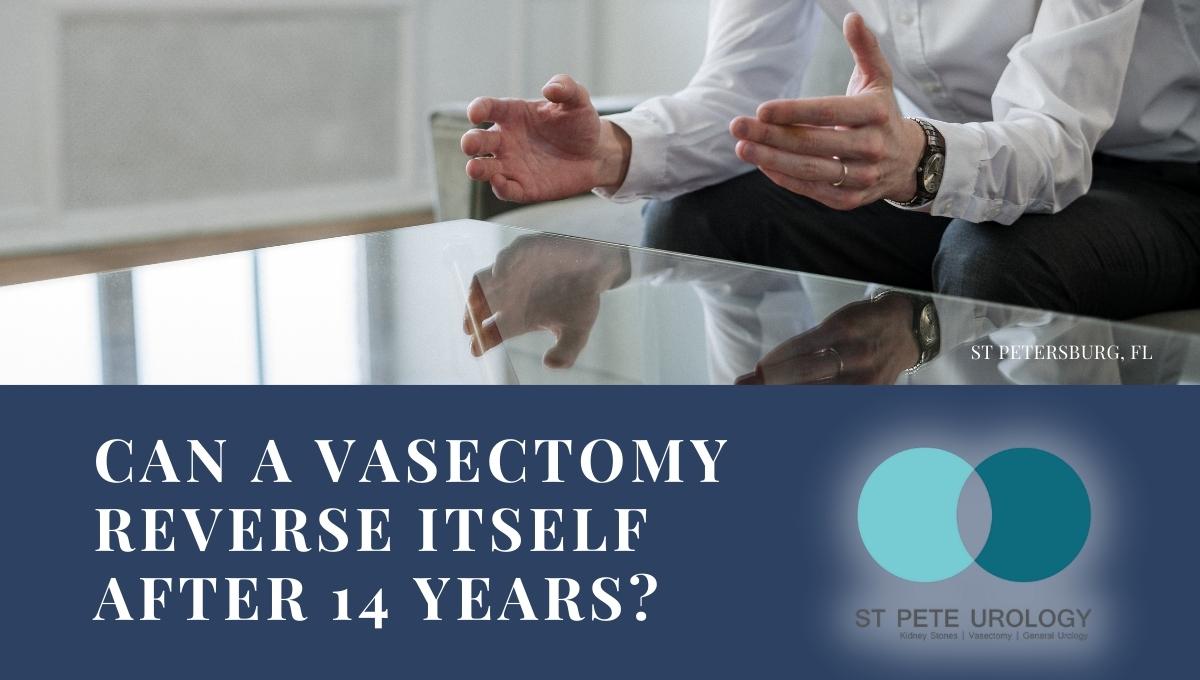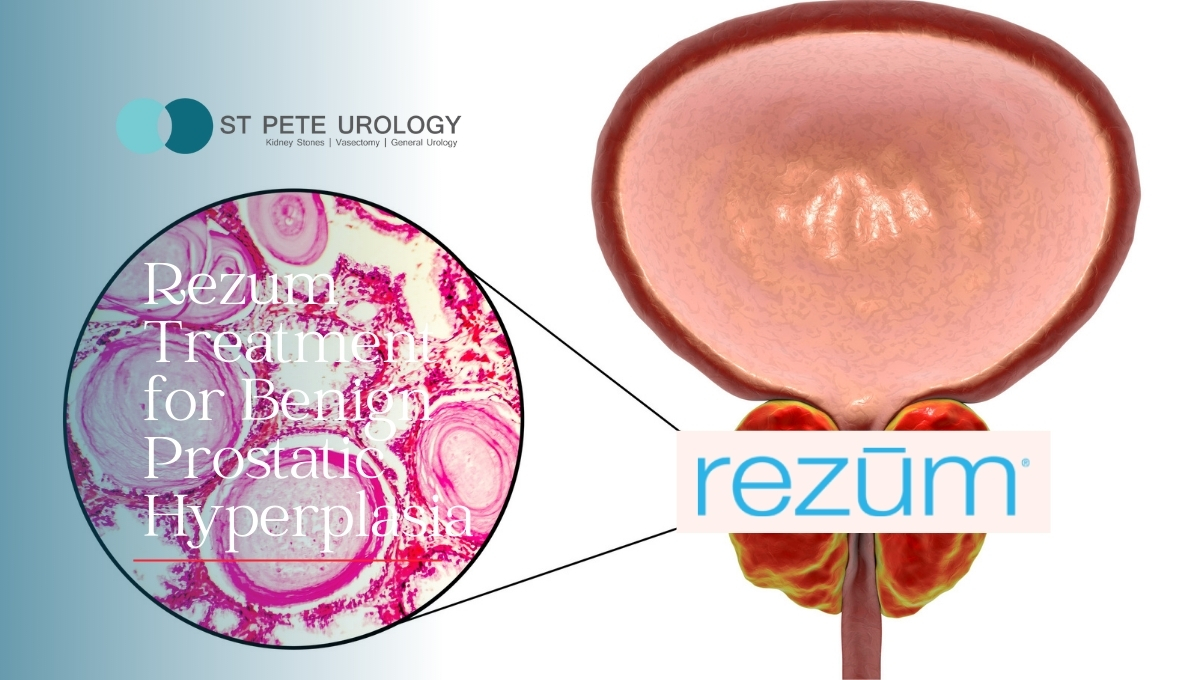A vasectomy is one of the safest and most effective birth control methods. But like other medical procedures, it isn’t foolproof.

There is a possibility that a vasectomy can fail to prevent pregnancy in extremely rare cases with roughly a 1-percent chance of failure.
Though vasectomy failures can be due to various reasons, several cases are due to a reversal of the procedure over time.
How can a vasectomy reverse itself?
In rare instances, a vasectomy can reverse itself and is known to occur in about 0.025 percent of cases, equivalent to 1 reversal in 4,000 vasectomies. Such a reversal involves reconnection of the vas deferens after successful surgery and an effective post-vasectomy plan.
Remember that during a vasectomy, the vas deferens—the two tubes that carry sperm from the testicles to the urethra—are cut and sealed off to block sperm from reaching semen. The channel in the vas deferens is broken at the point where it is cut to eliminate the passageway of the sperm to combine with the semen.
However, in some cases, the vas deferens grow back several years after the procedure. The growth may continue until a connection is recreated, allowing the free flow of sperm to the urethra.
An extremely rare and successful reconnection can occur after 10 to 14 years or more and is usually almost impossible to notice.
Most men only realize that their vas deferens have reconnected after their sexual partners get pregnant.
What can make a vasectomy reverse itself?
After a vasectomy, sperm may leak from the vasectomy site or a rupture and directly into the epididymis. Since sperm have immune system stimulating properties (antigenic qualities), it recognizes sperm as foreign and attacks them.
The sperm leakage triggers an inflammatory reaction that causes the body to develop pockets to trap the sperm in scar tissues and inflamed cells.
With time, spheres of cells called sperm granulomas form and produce nodules in the vas deferens that may grow and result in the reconnection of the vas deferens.
The risk of a reversal increases with the presence of sperm tissue at the vasectomy site.
Another reversal mechanism is scar tissue.
With cells present after a vasectomy forming tiny channels that allow sperm to squirm their way through the tiny tears in the scar tissue, small drainage channels appear in the tissue on the ends of the severed vas deferens. Over time, these channels may reconnect to the divided vas deferens, providing a pathway for sperm to the seminal vesicles. The risk of a reversal via scar tissue increases with open-ended vasectomy, where only one end of the vas deferens is closed.
However, you shouldn’t be overly concerned if you consider a vasectomy or have already undergone the procedure.
The chances of a reversal are pretty rare—almost negligible—and extremely unlikely in most cases.
At St. Pete Urology, we are proud of our excellent record of successful vasectomies. Our skilled and experienced urologists understand the factors that may lead to vasectomy failure, including non-severance of the vas deferens, non-observance of a period of sperm-free ejaculate, reconnection of the vas deferens, and duplication of the vas deferens. So we tailor and conduct every vasectomy under strictest adherence to best practices.
Call St. Pete Urology today for more information on vasectomy and vasectomy reversal.




 At St Pete Urology, oral medications are typically our first line of treatment. The medications commonly given are vardenafil (Levitra, Staxyn), sildenafil (Viagra), avanafil (Stendra) and tadalafil (Cialis). All these medications work by improving the action and efficacy of nitric oxide, which is a natural chemical produced by the body and used to relax penile muscles. With increased activity of nitric oxide due to these drugs, there is increased relaxation of the smooth muscles, improved blood flow to and in the penis and greater likelihood of developing an erection when there is sexual stimulation.
At St Pete Urology, oral medications are typically our first line of treatment. The medications commonly given are vardenafil (Levitra, Staxyn), sildenafil (Viagra), avanafil (Stendra) and tadalafil (Cialis). All these medications work by improving the action and efficacy of nitric oxide, which is a natural chemical produced by the body and used to relax penile muscles. With increased activity of nitric oxide due to these drugs, there is increased relaxation of the smooth muscles, improved blood flow to and in the penis and greater likelihood of developing an erection when there is sexual stimulation.